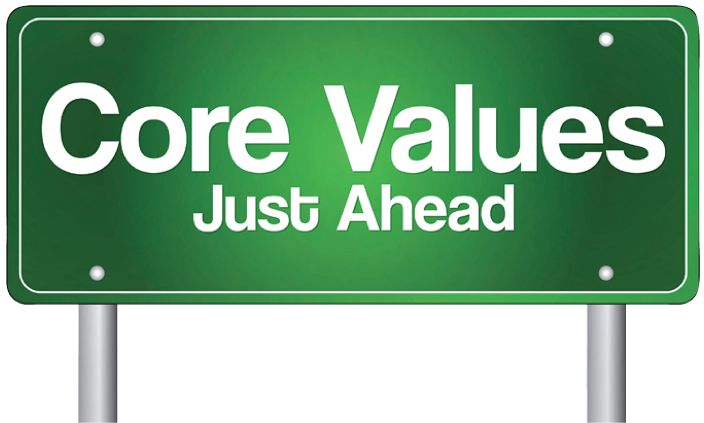
What is a child safe code of conduct?
A child safe code of conduct or protective practices guidelines will usually cover all staff, not just teachers. This has the advantage of ensuring consistency across staff. However, the challenge is to ensure that they are written in clear and precise language, free from jargon and ambiguity.
Codes or guidelines should be concise and practicable and focus on the key purpose which is child safe practices and reasonable expectations of staff in various educational settings. So, one might say that stating that ‘staff should not be alone with a student without approval of the principal’ seems an unworkable and unreasonable expectation for teachers in many day to day contexts.
In contrast, statements about ‘working with students in an open and transparent way’ will better enable the school and staff to discuss and come to clearer understandings of what this means in daily practice for different staff groups and education contexts.
The Guidelines for Building the Capacity of Child-Safe Organisations states that a code of conduct for child safe organisations promotes positive work practices and provides guidelines about the behaviour, relationships, attitudes and responsibilities expected of employees and volunteers. Training of staff is key.
What shouldn’t be in a child safe code of conduct?
Child safety codes of conduct should not attempt to import every employment expectation of staff into them. For example, punctuality and specific role expectations, statements about what could be termed as expectations about ‘quality teaching’ are not appropriate and make the code overly complicated.
Reproducing in a code of conduct sections or all of other school policies (for example, the social media or anti-bullying policies) also makes a code unwieldy and impenetrable.
Including statements about prohibiting specific behaviour that will be impossible and impracticable to adhere to in all educational settings and contexts needs to be thought through carefully.
For example, in some contexts or for some occupational groups/volunteers it might be appropriate to have prior approval from the principal of an action/activity with students, and in others professional judgement guided by general principles (of the code itself or the relevant professional Code of Conduct or Ethics, for example) is the more appropriate wording.
Managing professional boundaries
Some professional bodies set out as part of their suite of professional statements, codes of ethics or guidelines on professional boundaries to assist the profession. For teachers, as with other professional groups, it is important that codes or guidelines embed reference to the use of professional judgement and common sense in applying the guidelines to the various situations in which a teacher may find themselves.
Good guidelines will examine the nature of professional boundaries in teaching practice, outline some strategies to minimise the risk of a boundary blurring or violation occurring, and raise awareness of situations where these could occur.
It is key that staff or where relevant, members of a profession, are involved in the development of relevant codes of conduct or guidelines. This ensures that the resulting code or guideline is clear, reasonable, practicable and commonly understood and adhered to. This is in everyone’s interest.
References
Protective practices for staff in their interactions with children and young people. Guidelines for staff working or volunteering in education and care settings (revised September 2011) Government of South Australia, Department of Education and Children’s Services
Schedule: Guidelines for Building the Capacity of Child-Safe Organisations. Creating Safe Environments for Children – Organisations, Employees and Volunteers Community and Disability Services Minister’s Conference.



































































































































